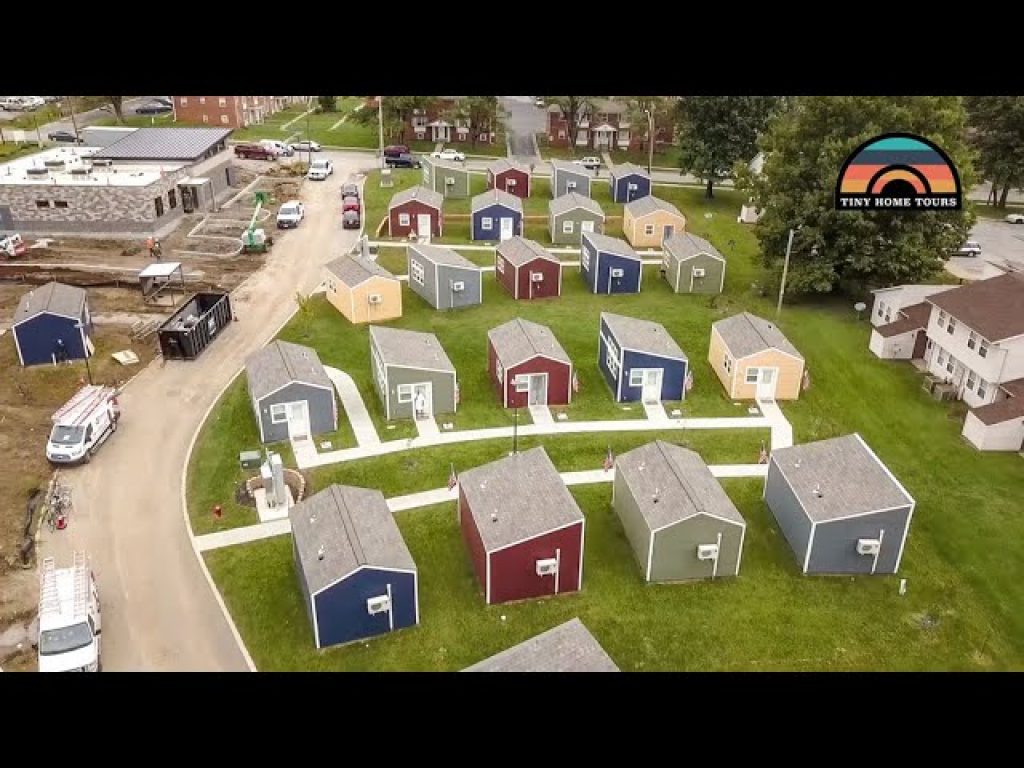Inside Hong Kong’s cage homes

When houses are the size of parking spaces.
Hong Kong is the most expensive housing market in the world. It has been ranked as the least affordable housing market on Earth for eight years in a row, and the price per square foot seems to be only going up. The inflated prices are forcing Hongkongers to squeeze into unconventionally small spaces that can affect their quality of life.
Tens of thousands of Hongkongers are living in spaces that range from 75 to 140 square feet. To put that in perspective, the average parking space in the US is about 150 square feet. And in the most extreme cases, Hongkongers have resorted to homes the size of a coffin.
I spent some time exploring the living situation in Hong Kong to find out why housing has become so expensive and spaces so tight.
What does the prevalence of cage homes in Hong Kong say about the state of affordable housing in urban areas, and what steps can be taken to improve the situation?
Hong Kong is a bustling city with a booming economy and has been considered one of the most expensive cities in the world. Despite being one of the most developed cities, it is also home to a housing crisis. The high demand for affordable housing has resulted in people living in tiny places called cage homes.
Cage homes are essentially tiny living quarters that measure just 6 feet by 2.5 feet in size, barely enough for a person to stand in. They are made of metal bars or wood that are arranged in partitions, with each partition housing a person or a family. Residents of these homes sleep on a thin mattress placed on a wire mesh floor, and there is barely enough space to store their belongings. Washrooms are shared among several people in the same building, which amplifies the risk of disease and infection.
The origins of these homes can be traced back to when Hong Kong was a British colony, and hundreds of thousands of people from mainland China had migrated to the city to work as labourers. As the city rapidly grew and became increasingly industrialized, the demand for housing far outstripped the supply. The government had neither the resources nor the political will to provide affordable housing, and so people had to find their own solutions. Some residents devised ways to subdivide flats into smaller units or converted factories into makeshift living spaces, while others opted for cage homes.
Today, an estimated 200,000 people live in such homes across the city, including many elderly people who have nowhere else to go. According to a report by the Hong Kong Society for Community Organization, a non-governmental organization that advocates for the rights of the marginalized, people living in cage homes face multiple challenges, such as the lack of privacy, sanitation, and safety. They are also more susceptible to health risks due to overcrowding and poor ventilation.
The issue of cage homes in Hong Kong is not new, and it is not going away anytime soon. While the government has announced various measures to provide affordable housing, the demand still exceeds the supply. Most of these residents are low-wage earners and cannot afford to pay rent that is a sizeable percentage of their monthly income.
In conclusion, Hong Kong’s cage homes have become a symbol of the housing crisis that many cities face. They illustrate the challenges that residents face when seeking affordable housing, and the limits of government intervention. The plight of these people is a reminder that housing is not just a basic human need but a human right, and that more needs to be done to ensure that everyone has access to decent and affordable housing.









This $20,000,000 House Has The World’s Greatest View
BILLIONAIRE for a week – Most EXPENSIVE of DUBAI
Experience the Underwater World Through the Eyes of a Free Diver | Short Film Showcase
A day with a BILLIONAIRE! Join Rich Kids of Instagram’s Emir Bahadir as he works out and shops!
PIRANHA VS BULLFROG LIVE FEEDING ( WARNING! GRAPHIC CONTENT)